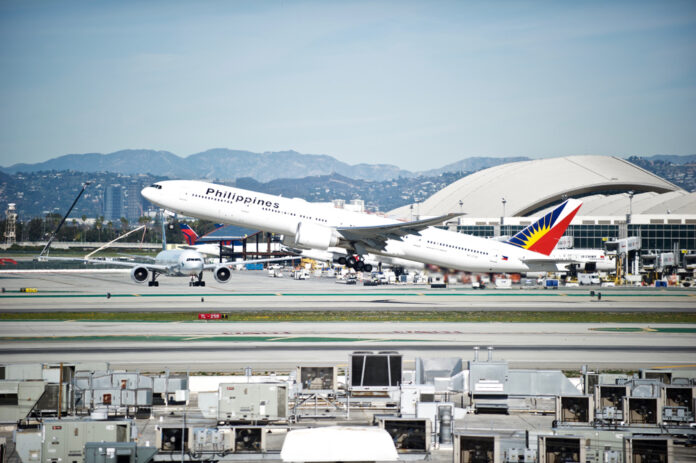The Philippine Airlines (PAL) reported a significant drop in net income in the third quarter this year, posting only USD13 million, a sharp 86.7 percent decline from USD98 million in the same period last year.
Year-to-date, PAL net income reached USD135 million, down from USD348 million in the first nine months last year. Nevertheless, the airline reported a 6 percent growth in passenger numbers, carrying 11.7 million travelers between January and September. However, its revenue of USD2.3 billion was a 4 percent decline compared to prior year, impacted by increased industry capacity and competitive pressure on ticket yields.
Captain Stanley K. Ng, PAL president and chief operating officer, attributed the drop in profitability to ongoing investments aimed at improving customer experience. “The latest net income report reflects our ongoing focus on investments to ensure higher-level products and services for our customers,” Ng said. This includes expanding the fleet, upgrading cabins, and rolling out digital innovations.
Ng acknowledged the tough market conditions, noting that the airline faces rising operational costs as well as a more challenging environment as growth moderates. Operating expenses for the year-to-date surged by 7 percent to USD2.1 billion, driven by higher aircraft ownership and maintenance costs, as well as increased airport handling fees.
Capital expenditures (Capex) rose to USD263 million, with a significant portion allocated for the maintenance of aircraft and engines, as well as cabin enhancements. The airline also made pre-delivery payments for its A350-1000s, which are scheduled for delivery in the coming years.
On a positive note, PAL’s financial position remained strong, with total equity increasing to USD776 million as of 30 September 2024, up from USD641 million at the end of 2023, reflecting a healthier balance sheet.







